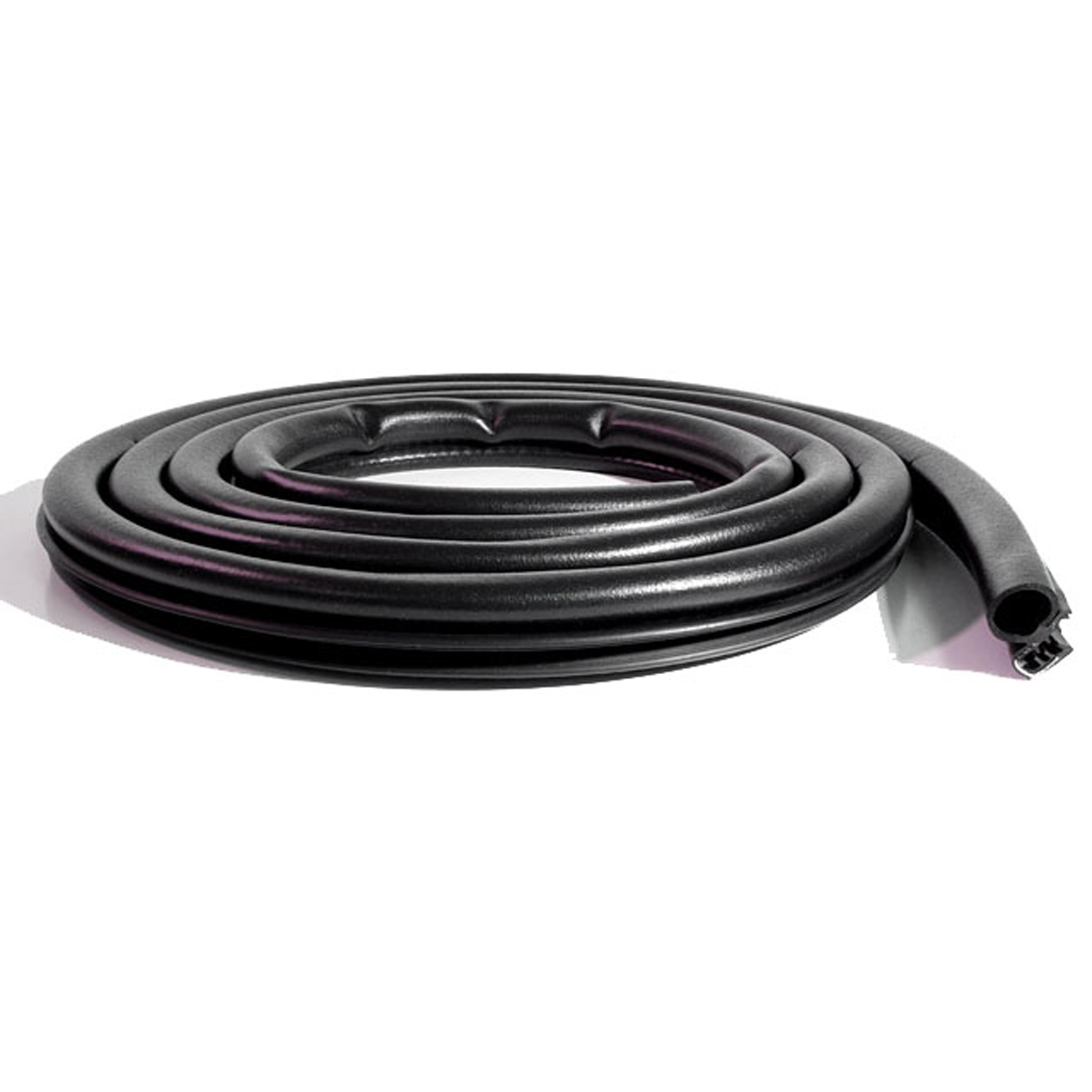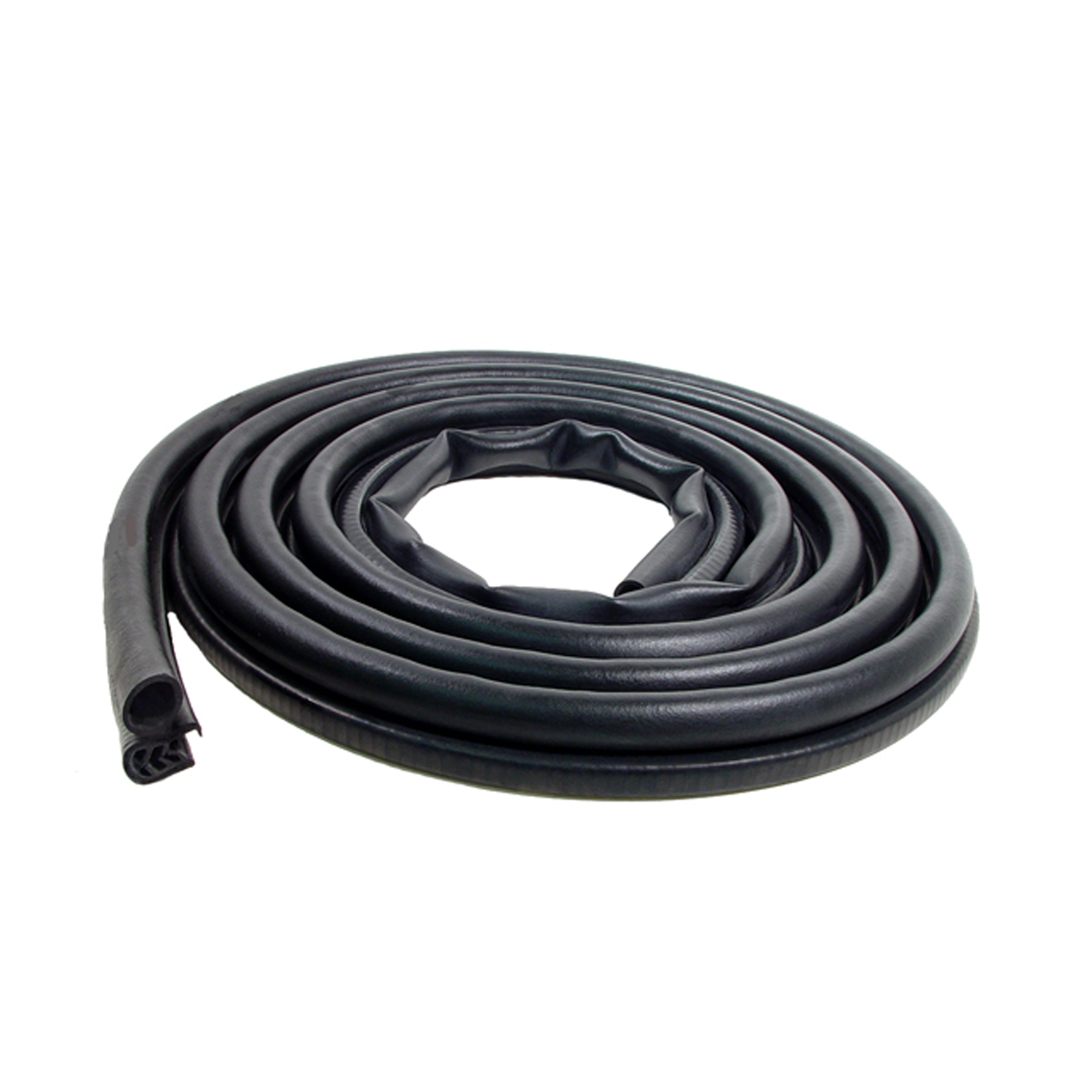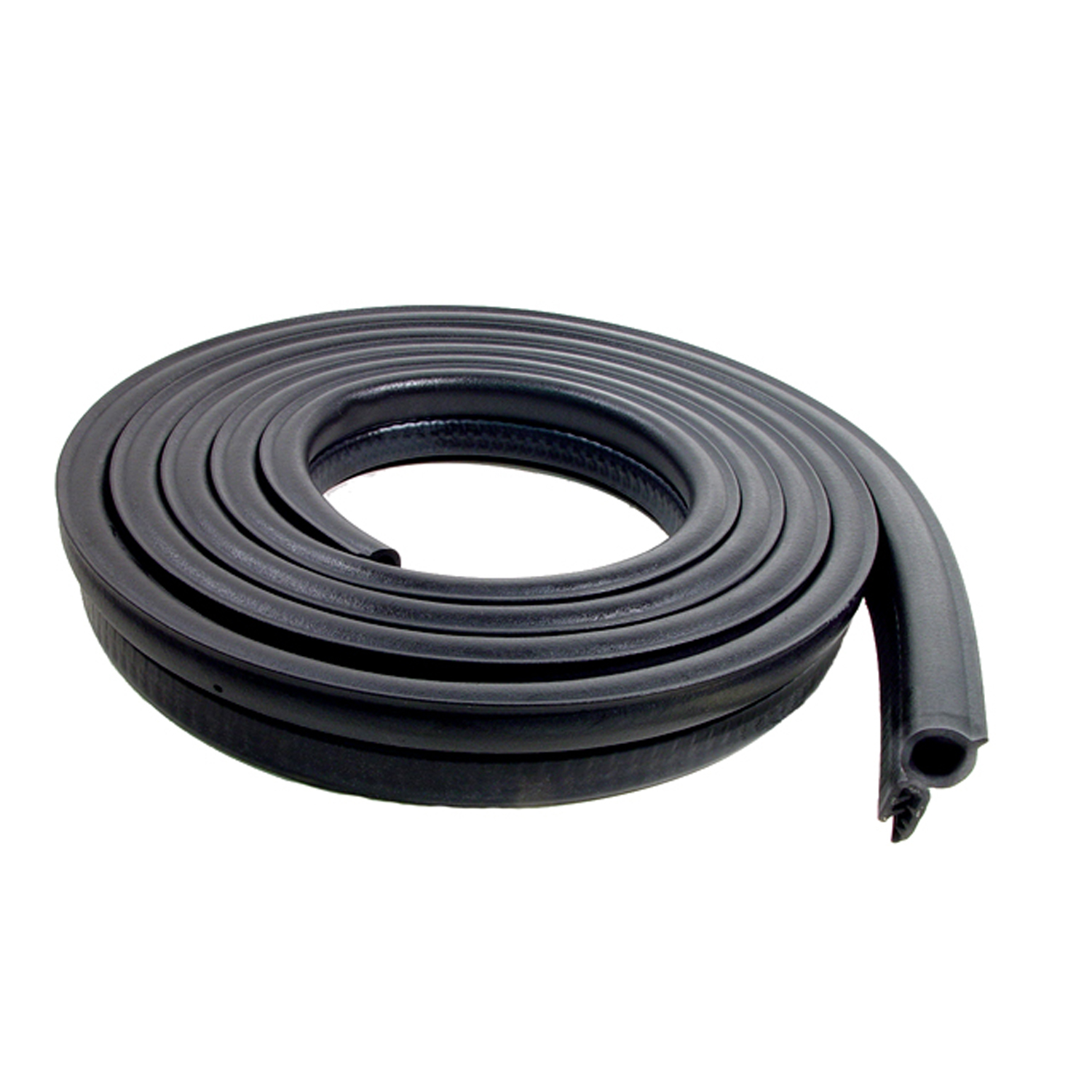Image of 1986 Mercury Sable, Note: These illustrations use artistic license and may differ from actual historical models.
Performance Metrics
Fundamental Metrics
Emotional Appeal
MMP Rating
| Engine Specifications | |
|---|---|
| Engine Options: | 3.0L V6, 3.8L V6 |
| Displacement Range: | 3.0L (182 cu in), 3.8L (232 cu in) |
| Horsepower Range: | 140 hp @ 3800 rpm (3.0L), 140 hp @ 3800 rpm (3.8L) |
| Torque: | 160 lb-ft @ 2750 rpm (3.0L), 215 lb-ft @ 2000 rpm (3.8L) |
| Compression Ratio: | 8.9:1 (3.0L), 9.0:1 (3.8L) |
| Ignition System: | Electronic |
| Cooling System: | Liquid-cooled |
| Performance Specifications | |
| 0-60 Time: | 10.5 seconds |
| 1/4 Mile Time: | 17.5 seconds |
| Top Speed: | 110 mph |
| Transmission and Drive | |
| Drive Type: | FWD (Front Wheel Drive) |
| Transmission Type: | 4-speed automatic |
| Fuel and Efficiency | |
| Fuel System Type: | Fuel injection |
| MPG: | 18 city / 26 highway |
| Dimensions and Brakes | |
| Brakes: | Front disc / rear drum |
| Wheelbase: | 106.0 in |
| Weight: | 3,200 lbs |
Note: Specifications for classic cars are given to the best of our ability, considering the limited and variant data available.
Unveiling the 1986 Mercury Sable: A Forward-Thinking Classic
The 1986 Mercury Sable emerged as a beacon of innovation, reshaping the automotive landscape with its futuristic design and advanced features. Born from the stables of the Ford Motor Company, this mid-size car was introduced to complement the Ford Taurus and to offer a more upscale alternative. Its aerodynamic silhouette not only turned heads but also signaled a shift in car design philosophy during the mid-80s. Notably, the Sable was among the first vehicles to incorporate light bars—a design element that became iconic and was later adopted by other manufacturers.
Design and Innovation
The exterior of the Mercury Sable was a departure from the boxy aesthetics prevalent at the time. Its sleek lines and flush-mounted headlamps were considered revolutionary, reducing drag and improving fuel efficiency. The interior was equally impressive, with an emphasis on ergonomics and comfort. High-quality materials adorned its cabin, offering a touch of luxury to its passengers. The Sable's technological advancements included an optional digital instrument cluster and electronic climate control—features that were ahead of their time for a mid-size sedan.
Color options for the Sable ranged from conservative hues to more vibrant shades, with choices like Medium Regatta Blue and Light Canyon Red finding favor among buyers. The vehicle came in several body styles, including a four-door sedan and a five-door station wagon. The wagon, with its distinctive light bar stretching across the rear hatch, became one of the most recognizable versions of the Sable.
Historical Significance
The 1986 Mercury Sable didn't just challenge design norms; it set new benchmarks for aerodynamics in production cars. Its drag coefficient was among the lowest in its class at the time, influencing future automotive designs. The Sable's introduction also marked an era where American manufacturers began to seriously consider fuel efficiency and aerodynamics due to rising fuel prices and increasing environmental awareness.
Performance and Handling
Underneath its sculpted hood, the Sable offered respectable performance figures for its era. Equipped with a 3.0-liter V6 engine, it could reach 60 mph in under 11 seconds—a commendable feat for a family sedan of that period. Handling was smooth, with an independent suspension system absorbing road imperfections effectively. Drivers often praised the quiet ride quality and responsive steering that made long journeys less taxing.
Ownership Experience
The Mercury Sable served many roles—from a dependable daily driver to an executive company car. Its reliability was generally praised, although some components like powertrain electronics required attention over time. Maintenance was straightforward for most DIY enthusiasts, ensuring that ownership didn't become a costly affair.
Fun Facts
The Sable saw its fair share of limelight when it became one of NASA's chase cars due to its aerodynamic properties—an unusual but fitting role for such an innovative vehicle. Despite some criticism over its unconventional looks initially, it went on to become one of Mercury's best-selling models during its early years.
Collector's Information
Today, finding a well-preserved 1986 Mercury Sable can be challenging as many have succumbed to time or neglect. Production numbers were substantial since it was aimed at the mass market; however, few have survived in collectible condition. Values can vary significantly based on condition and originality, with prime examples fetching anywhere from $2,000 to $7,000 or more for exceptionally maintained or low-mileage specimens.
Conclusion
The 1986 Mercury Sable stands as a testament to an era when American automakers dared to defy convention. It combined style with substance in a package that offered luxury features at an attainable price point. Though it may not be remembered as a high-performance machine or an exotic classic, its contribution to automotive design and technology is undeniable—making it a noteworthy piece of automotive history.
1986 Mercury Sable Catalog of Parts
 1986 Mercury Sable Front door seal-LM 111Front door seal. Fits driver-side and passenger-side doors on '86-'91 Ford Taurus and Mercury Sable. Replaces OEM#'s E7DZ5420708A/9A. Each.
1986 Mercury Sable Front door seal-LM 111Front door seal. Fits driver-side and passenger-side doors on '86-'91 Ford Taurus and Mercury Sable. Replaces OEM#'s E7DZ5420708A/9A. Each. 1986 Mercury Sable Rear door seal-LM 111-ARear door seal. Fits driver-side and passenger-side rear doors on '86-'91 Ford Taurus and Mercury Sable. Replaces OEM#'s FODZ54253A10A/11A. Each.
1986 Mercury Sable Rear door seal-LM 111-ARear door seal. Fits driver-side and passenger-side rear doors on '86-'91 Ford Taurus and Mercury Sable. Replaces OEM#'s FODZ54253A10A/11A. Each. 1986 Mercury Sable Trunk Seal for 4-Door Sedan. Each-TK 20Trunk Seal for 4-Door Sedan. Each
1986 Mercury Sable Trunk Seal for 4-Door Sedan. Each-TK 20Trunk Seal for 4-Door Sedan. EachWhy Choose Metro?
For over 100 years, Metro Moulded Parts has been the pinnacle of quality in classic car restoration parts. Our commitment to precision and authenticity in every component ensures a perfect fit and an OEM-level appearance.
- Expert Craftsmanship & Quality: Each part is a testament to our dedication to reliability and perfection, crafted from original designs and thoroughly tested.
- Advanced Technology: We use cutting-edge techniques to create flawless, long-lasting parts that surpass others in performance.
- SuperSoft Sponge – The Ultimate Door Seal: Not only are our door seals 30% softer than competitors', but they're also guaranteed to never leak. They effectively reduce wind and road noise, enhancing your classic car's comfort and driving experience.
- Proudly American: Our parts are a product of American craftsmanship, made in the USA with a spirit of excellence and heritage.
- Unrivaled Warranty: We back our products with a 30-year industry-leading warranty, a testament to our confidence in their quality.
Join us in preserving the legacy of classic cars with parts that are crafted for perfection, not just made.

